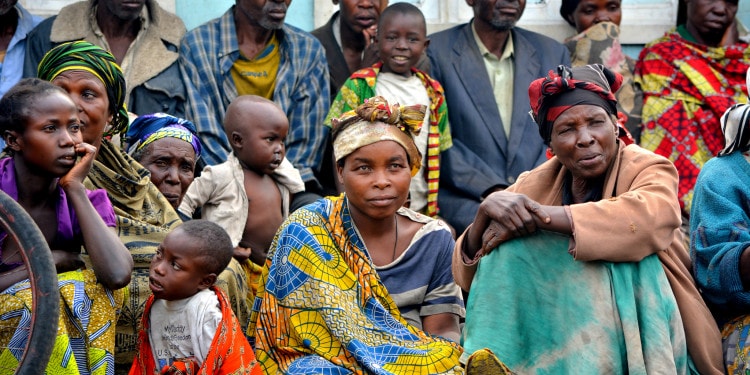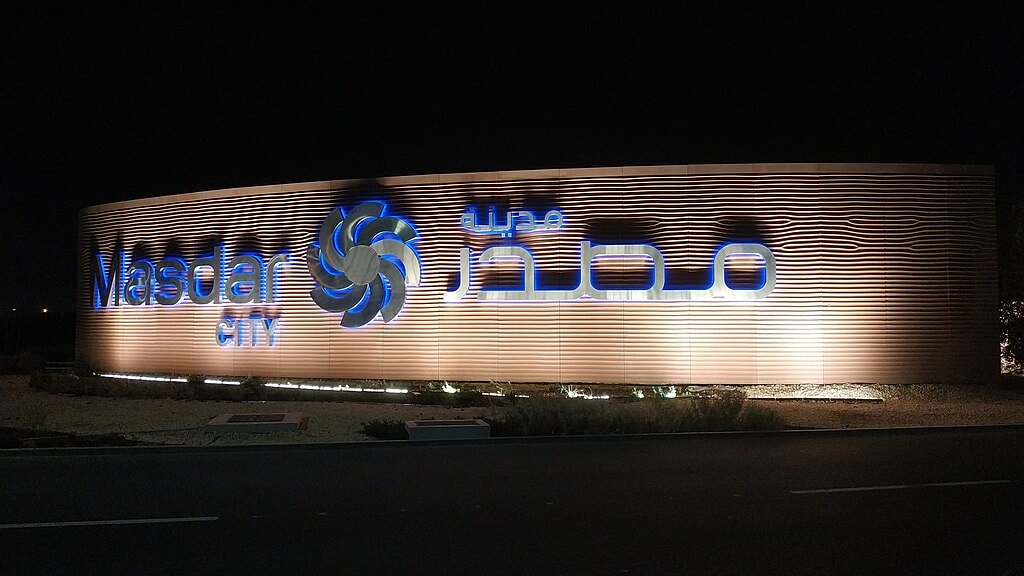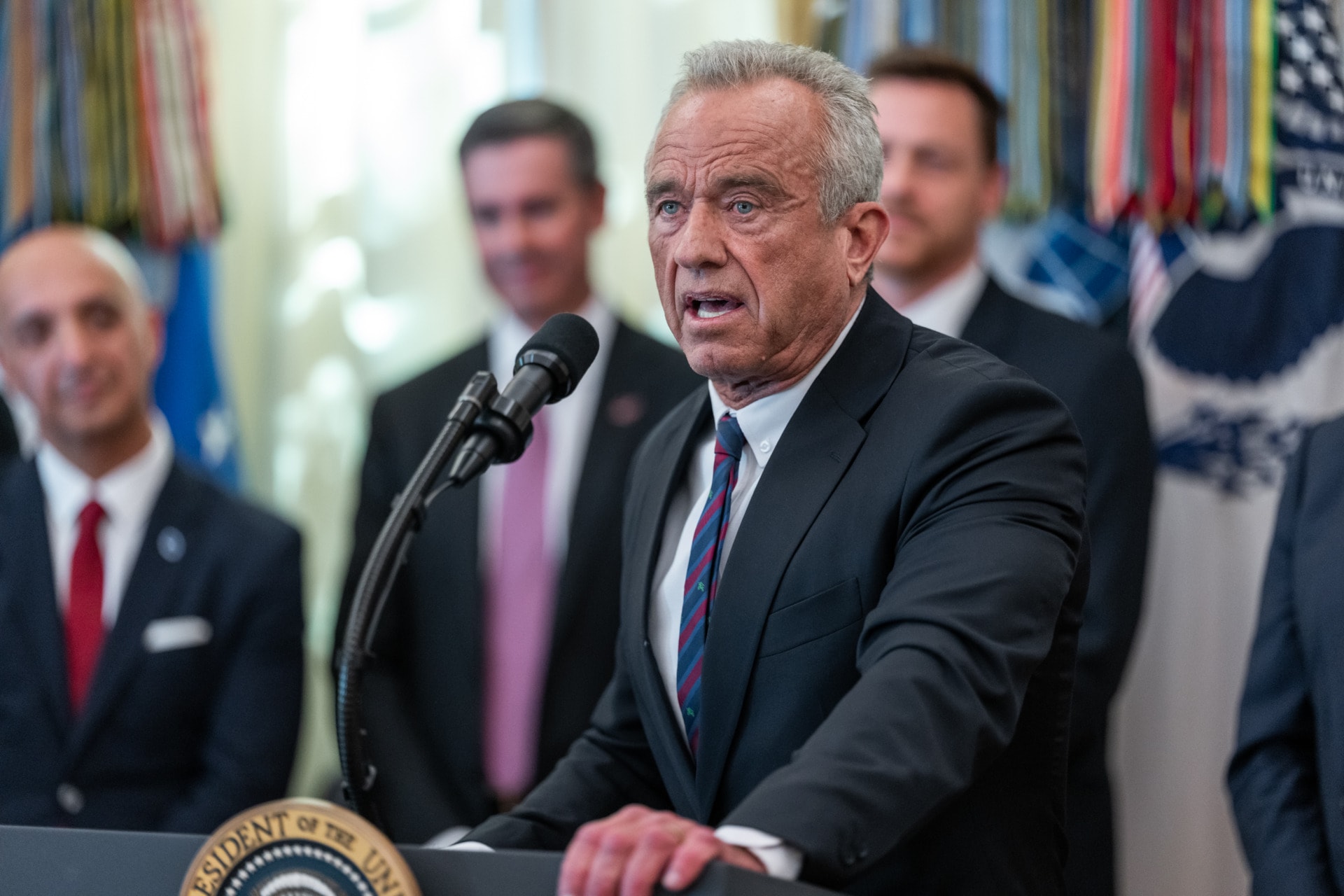I have frequently emphasized that “without women, the Global Goals won’t see the light of day”. Considering that the challenges of international development disproportionately affect women and girls, their voices are integral to making a sustainable and results-driven impact. Yet women are frequently excluded from decision-making processes due to political instability, cultural norms and socioeconomic barriers that continue the cycle of poverty and disempowerment. Donor agencies ought to realize women’s potential as they are an untapped resource for changing the landscape of sustainable development. A gender mainstreaming analysis, which deciphers gendered differences caused by development programs, in addition to the empowerment of women to be decision-makers of their communities and countries, is crucial to not only achieving gender equality but also tackling many of the global challenges that affect us today.
Girls’ education is key to breaking the cycle of poverty
Girls’ education is the most cost-effective and practical measure to fulfill Sustainable Development Goal 1: No Poverty. Across the Global South, women are frequently relegated to manual labour positions because of cycles of poverty exacerbated by unequal access to education. Traditional beliefs that women are not worthy of investment prevail, instead of enabling women as agents of economic development. Countries that underinvest in women, either through discrimination or market failures, pay the price through inefficient accumulation of capital and slower economic growth. Furthermore, two-thirds of women in developing countries engage in unpaid labour supplying water and taking care of children. Although their roles as caregivers are invaluable in society, women deserve the same rights as men to pursue education should they choose to expand employment or entrepreneurial opportunities. An education is an invaluable asset towards asserting economic and social rights during a woman’s lifetime, and without investing in girls, developing countries not only squander macroeconomic gains but also perpetuate cycles of inequality to the detriment of sustainable development.
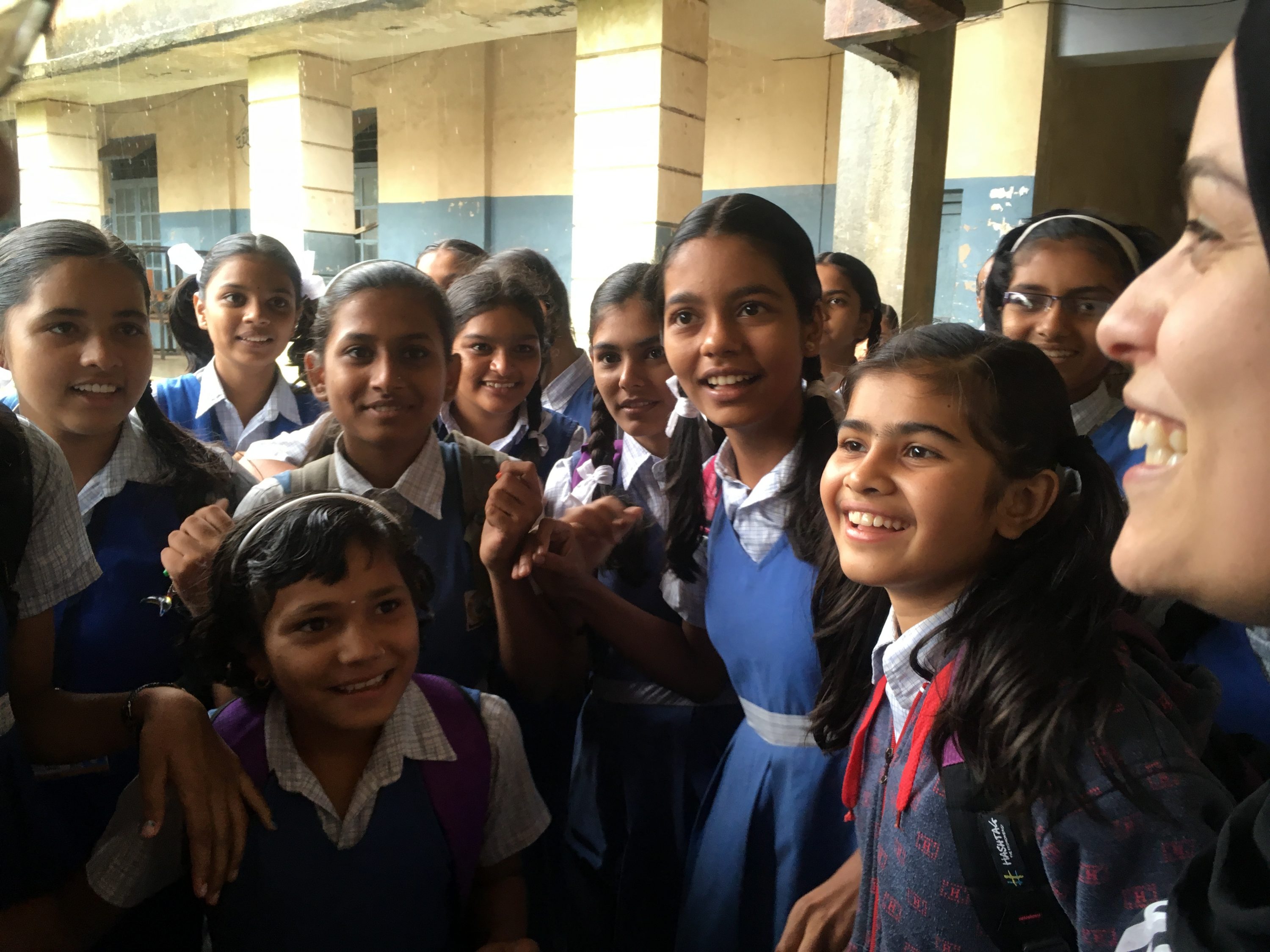
In the photo: Dr. Murabit with girls in Nashik, India. Photo Credit: Dr. Alaa Murabit
Increasing school attendance of girls is one of the most arresting development issues of our time – not only because it is economically efficient, but also because the self-confidence, social rights and economic opportunities bestowed by schooling are invaluable to women’s empowerment. Girls’ education offers the highest return investments for low-income countries; for every percentage increase of women with a secondary education, per capita income grows by 0.3 percent. In developing countries, per capita income profits seldom exceed 3 percent a year, therefore women’s educational empowerment is unequivocal in maximizing gains in a country’s economy.
Related Article: “MAKING THE SUSTAINABLE DEVELOPMENT GOALS WORK FOR WOMEN AND GIRLS“
Child marriage is pervasive in the developing world, with 39,000 underage girls married annually due to poverty, cultural norms and entrenched sexism. Investing in girls’ education and its infrastructure inhibits cyclical child marriage, as schooling confers the social network and economic opportunities that reduces a girl’s vulnerability to being sold as a child bride, and being viewed as unworthy of economic investment.
Child marriage is a barrier to achieving SDG 1: No Poverty, precisely because girls’ vulnerability to sexual and domestic violence, HIV/AIDS, and fatal health consequences from premature birth are all liabilities to achieving sustainable development. As child brides, girls have few opportunities to meaningfully contribute to their local economies because they are often isolated from the public sphere. Investing in girls’ education gives women the opportunity to be agents of economic development while raising the living standards of their future families and communities.
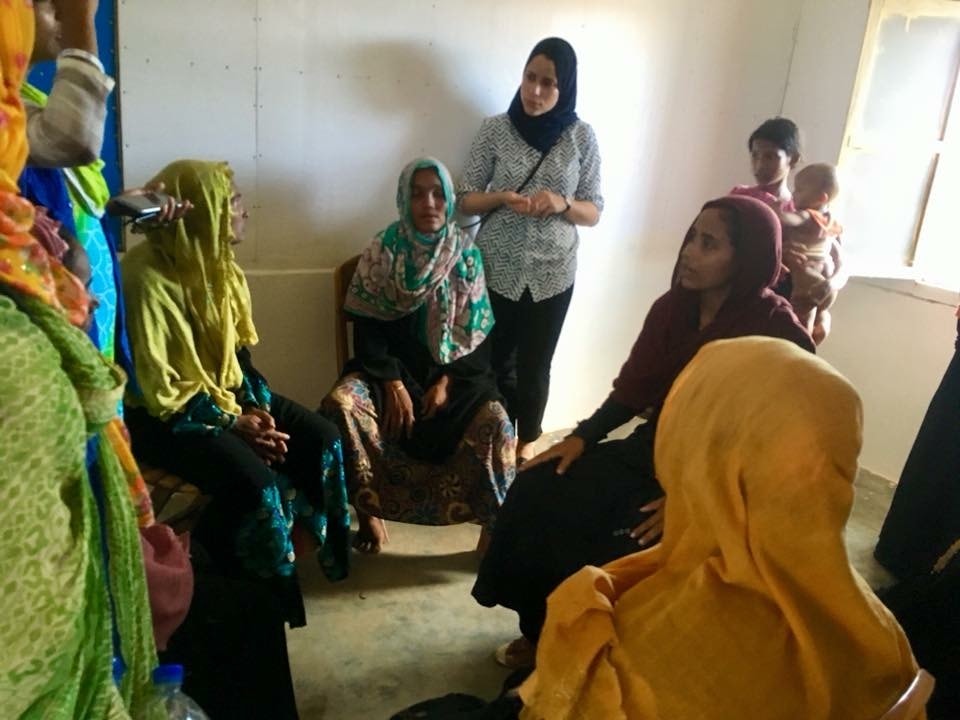
In the Photo: Dr. Murabit speaking with Rohingya refugees and survivors of sexual violence in Cox’s Bazar, Bangladesh. Photo Credit: Dr. Alaa Murabit
Girls in the developing world are hampered from displaying their potential due to poverty, violence and instability, climate change-induced constraints, and cultural practices like child marriage. The first step to systematically addressing the cycle of poverty is educating girls, thereby giving them a chance to meaningfully contribute to society and be proactive in the paid labour force. Across the 17 Sustainable Development Goals, women are at the forefront of solutions—but first, women need to be recognized by donor agencies and governments as agents of change, rather than liabilities for sustainable development.
Women’s leadership is essential to effective climate action
Globally, women are disproportionately affected by climate change due to a nexus of property right inequalities, gender discrimination and unequal representation at decision-making tables. Development projects and natural disaster response strategies must conduct gender mainstreaming to reduce these gendered inequalities that inhibit sustainable progress for SDG 5: Gender Equality and SDG 13: Climate Action. Women are primed to be leaders in addressing the linkages between these global goals, for they have local and indigenous knowledge that confers legitimacy to sustainable programmes.
In the face of natural disasters, women globally are disproportionately impacted because they lack land ownership rights that enable them to move to different plots of land as a preventative strategy, amongst other disadvantages such as reduced access to maternal medicine and healthcare. According to the UNDP, women accounted for well over half of the fatalities of Cyclone Nargis in Myanmar in 2008 and 70–80 percent in the 2004 Indian Ocean tsunami. This asymmetrical impact speaks to the entrenched gender discrimination that informal and formal institutions perpetuate, which provides a pathway to empowering women and girls as agents of climate action.
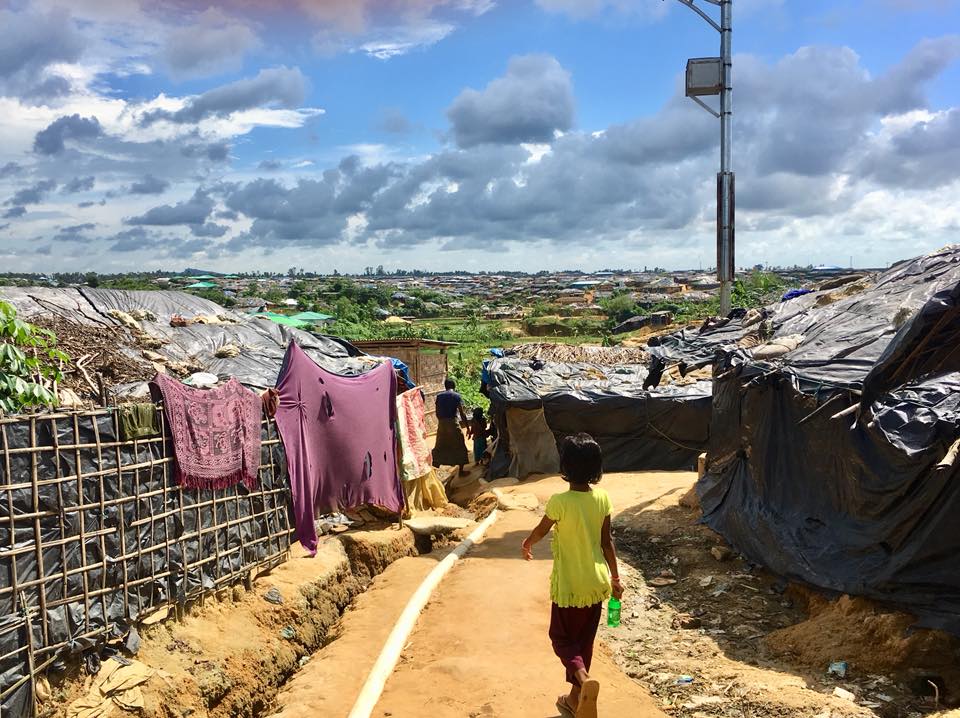
In the Photo: Kutupalong Refugee Camp for displaced Rohingya people. Photo Credit: Dr. Alaa Murabit
Women’s traditional knowledge is foundational to resource-efficient programming. Global warming has the potential to force 100 million people into poverty by 2030, resulting in a cumulative loss in global GDP of $72 trillion by 2060. Women have an invaluable caliber of local knowledge that development programs need in order to create sustainable solutions to climate-induced changes such as loss in land productivity. The International Fund for Agricultural Development (IFAD), an agency of the UN, reports that women’s groups often blend indigenous strategies with modern technology to restore land productivity. Globally, traditional technologies like percolation ponds and pitcher irrigation have been revived in an attempt to pinpoint the concerns that locals have within development projects.
Without distinction by borders, climate action is universally more efficient when local women lead efforts.
Women not only have the brainpower for climate policy, but the technical skills to prove it. An instructive example is the climate action facility that started in 2009 in Cambodia, initiated and funded by the Government of Canada and the UN. Women spearheaded a program capitalizing on modern and traditional methods to combat water shortages, while seizing the economic opportunity to sell vegetables using excess water collected. When given the chance, women prove themselves to be strategic leaders for climate action. In this case of Cambodia, cultural barriers resisting unorthodox gender roles arose. But with mediation by the government between traditionally dominant men and the emerging women leaders, the community was empowered to overcome barriers to efficient accumulation and climate action. The women continued to receive resource management training which resulted in social capital and fairer distribution of wealth between men and women.
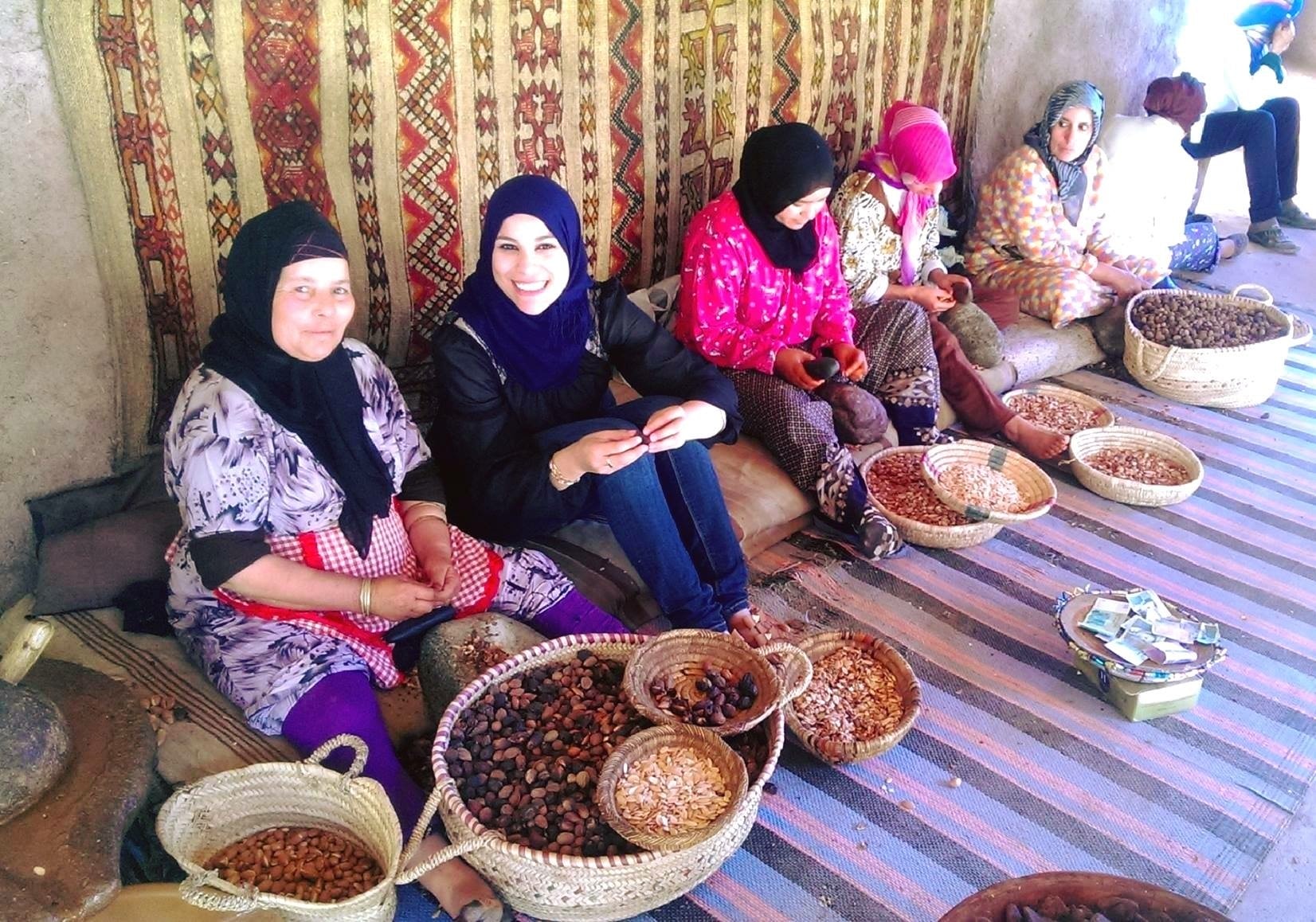
In the Photo: Dr. Murabit with entrepreneurs in Morocco. Photo Credit: Dr. Alaa Murabit
Development agencies and NGOs ought to see the linkages between gender equality and effective climate action, for women are mobilizers and knowledge holders primed to be leaders crafting environmental policy and programs in their local and national communities. Women are invaluable stakeholders to the solutions of global development’s many challenges, underscoring the importance of gender mainstreaming to achieve the Sustainable Development Goals. This is furthermore apparent in women’s roles in peace and security.
Women’s participation is a predictor of peace
Landmark resolution SCR1325, which “reaffirms the important role of women in the prevention and resolution of conflicts” underscores the significance of affirming the gender perspective in peacebuilding. Despite this groundbreaking display of multilateral support 17 years ago, women made up less than 4% of the signatories on transnational peace agreements between 1992-2011. SDG 16: Peace, Justice and Strong Institutions aims for inclusive peace processes and nondiscriminatory laws and policies, and importantly, its sustainability hinges on women’s involvement in monitoring peace accords and engaging in agreements as signatories.
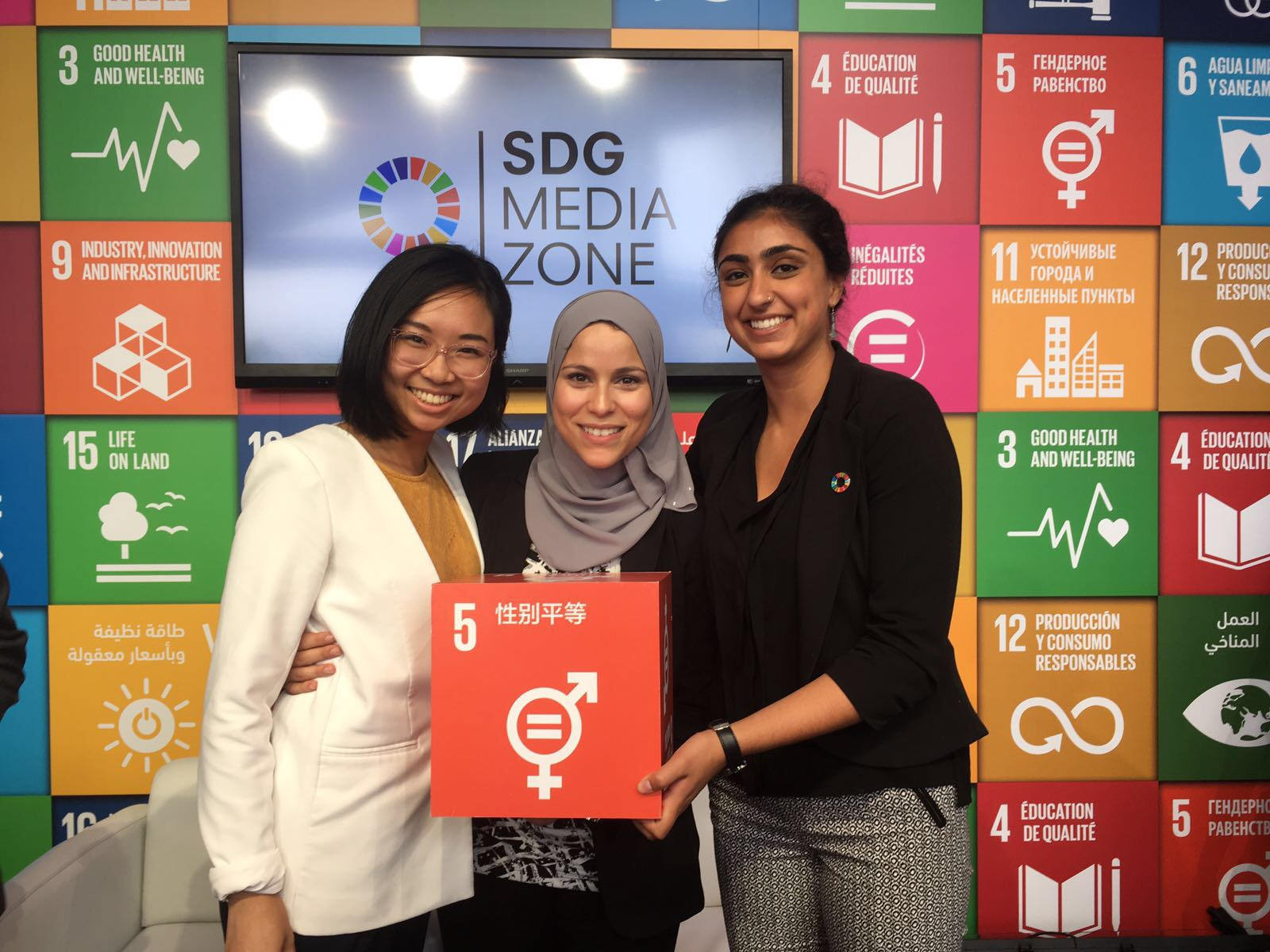
In the Photo: Dr. Alaa Murabit, SDG Advocate with her mentees from McGill University: Ashly Yu and Jashleen Ashta at the UN General Assembly. Photo Credit: SDG Media Zone
I am proud that the organizations I have founded, Voice of Libyan Women (VLW) and Omnis Institute lead by example in demonstrating the sizeable impact that women have on their communities and the 2030 Agenda. My colleagues and I at VLW and Omnis lead research, education and local campaigns to initiate dialogue with those who do not support, or outright oppose women’s rights, security and peacebuilding. Across the world, women are changing attitudes on the ground.
We need their perspective as community peacebuilders in creating sustainable progress towards political stability.
Rape as a weapon of war, sexual and human trafficking, and entrenched sexism in peacebuilding efforts all inhibit efforts in addressing political instability and conflict. Women are on the frontlines of peacemaking efforts on a daily basis, yet they are excluded from decision-making bodies. Local women’s organizations constantly struggle for funding from their national governments. We need stronger political commitment in utilizing the talents and knowledge that women have in peacebuilding, and display this through national commitments. Policy analysts must consider the complexity of women’s roles in conflict, and with greater representation of women in peace negotiations, these nuances will prevail in results-driven peacebuilding.
Research demonstrates that women’s decision-making involvement in peace and security directly impacts the likelihood of armed conflict. The more women in national governments, the less likely a country is to commit human rights abuses against its citizens: with every 5 percent increase of women’s representation in politics, a state is five times less likely to resort to violence amidst geopolitical tensions. Women’s roles as nurturers and community builders elevate peace and security discussions and have the potential to realize SDG 16 into fruition. But it is not just their disposition that security needs: when women are involved in the drafting of peace accords, the agreements are 35 percent more likely to be complied with for 15 years or more. Women’s groups can make the difference between the success and failure of an agreement, and the reemergence of violence or the maintenance of peace.
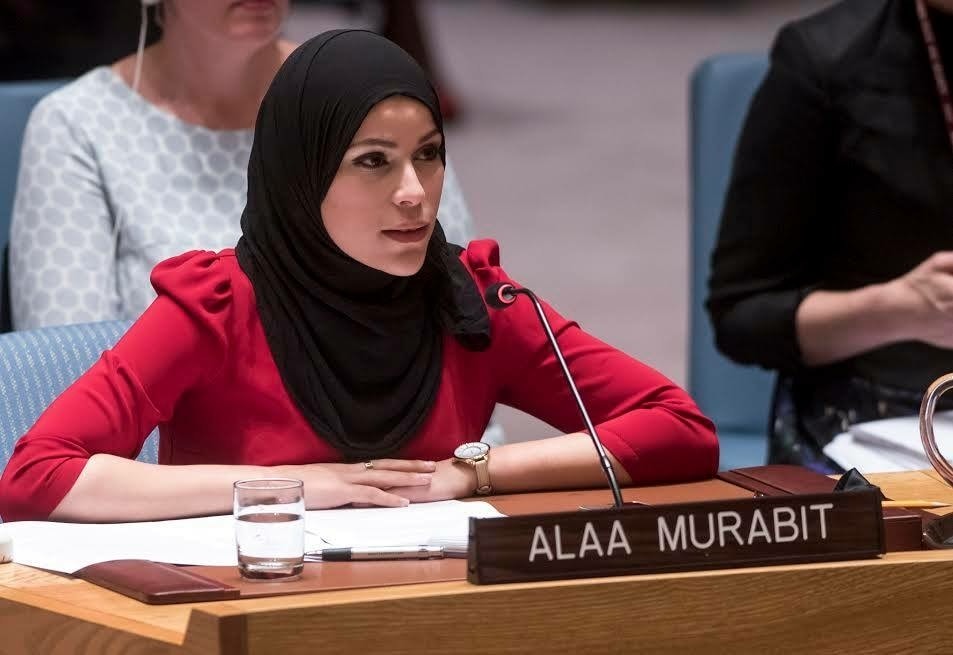
In the Photo: Delivering the official address at the UN Security Council debate on resolution 1325 Women, Peace and Security. Photo Credit: Dr. Alaa Murabit
To bring SDG 16 into fruition, countries should invest in grassroots women’s organizations that undertake daily peacebuilding work and who act as seamstresses in mending the regions torn apart by conflict through dialogue and education. Not only should women’s organizations be a greater commitment to national treasuries, but peace and security decision-making bodies need to include more women because they are statistically proven to make peace last. Governments burdened with the seemingly endless bouts of violent conflict must tap into this resource to ensure viable change.
SDG 5 Gender equality as the lens through which to fulfill the 2030 agenda
Women and girls have the potential of being stakeholders in sustainable development, by lifting themselves and their families out of poverty with an education; by combatting climate change using their local knowledge; and by broadening peace and security dialogue with their community-building assets. Governments should demonstrate their commitment to gender equality by investing in local women’s organizations and promoting women’s leadership in public policy.
The voices of women and girls are foundational for achieving the 2030 agenda – we need to ensure the world is listening.
Co-Authored by Ashly Yu

Ashly Yu is an Honors Political Science and Chinese Language student at McGill University interested in pursuing a career in law. As an Oslo Scholar of the Human Rights Foundation, she interned for United Nations Sustainable Development Goals Advocate Dr. Alaa Murabit in 2017. During the mentorship, she coauthored an article on gender equality with Dr. Murabit and was featured in an interview panel at the United Nations General Assembly.


